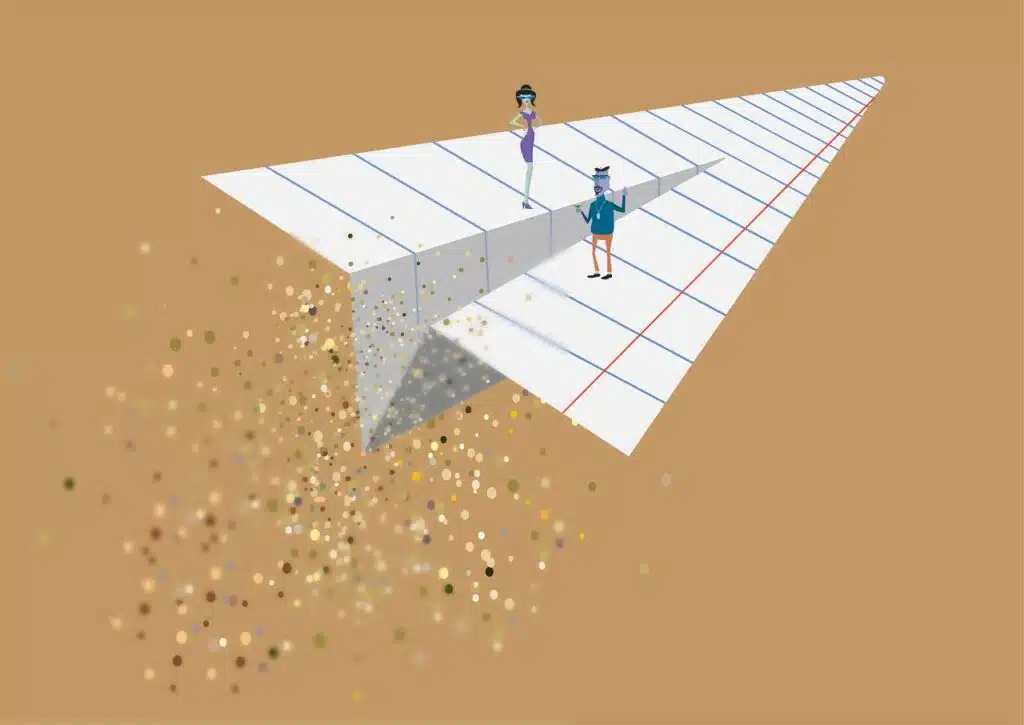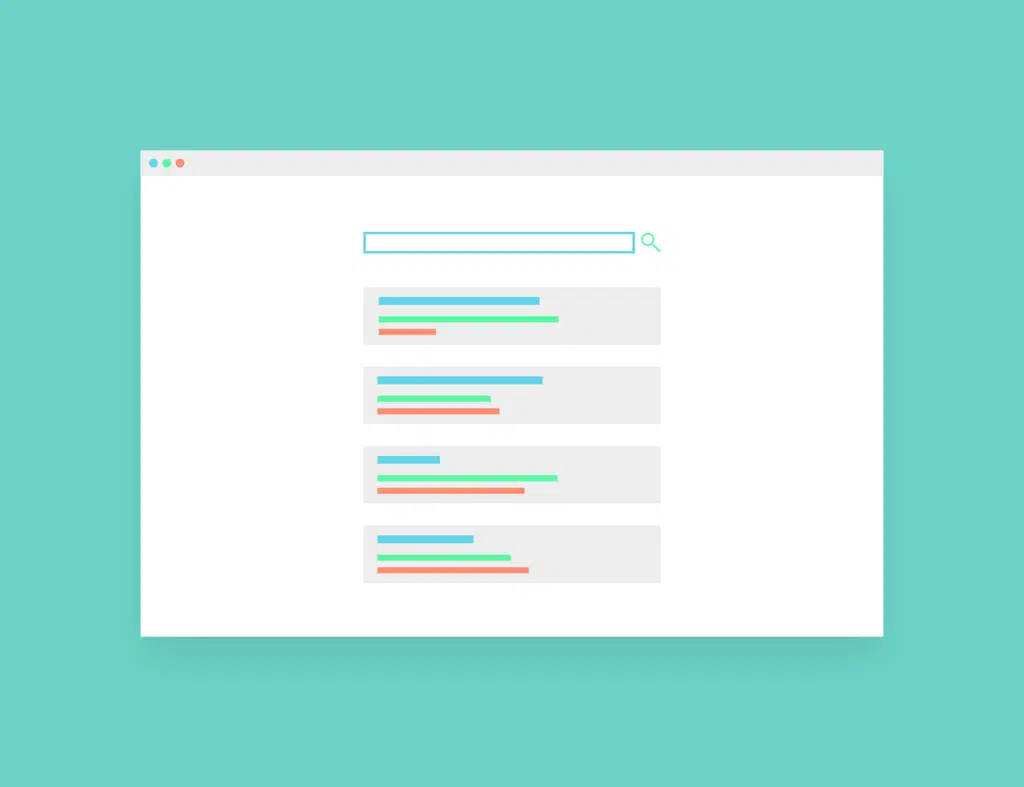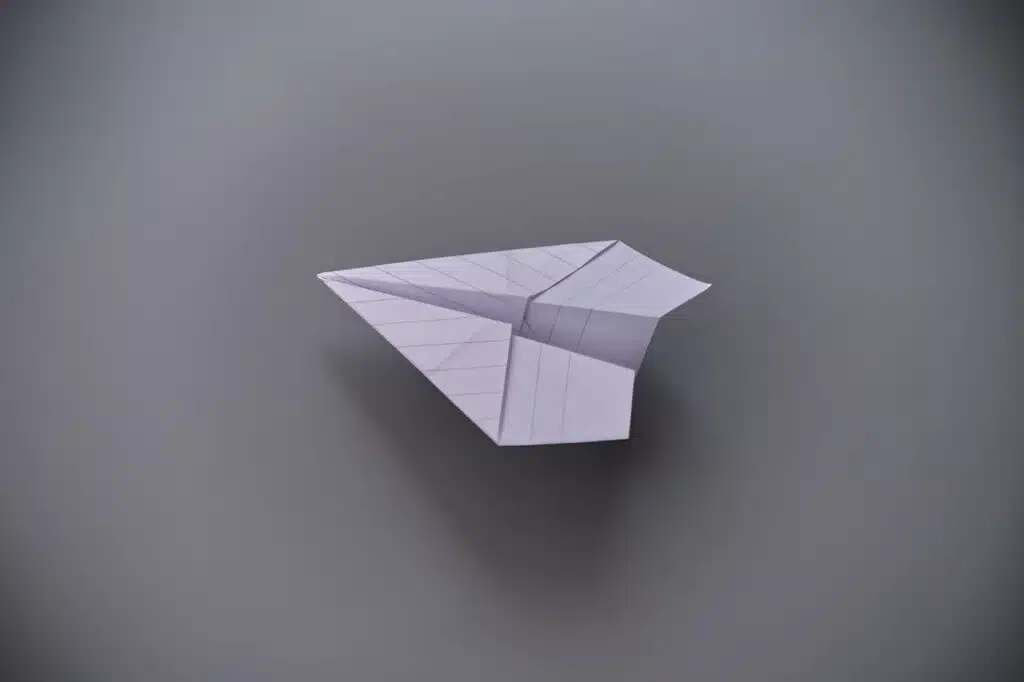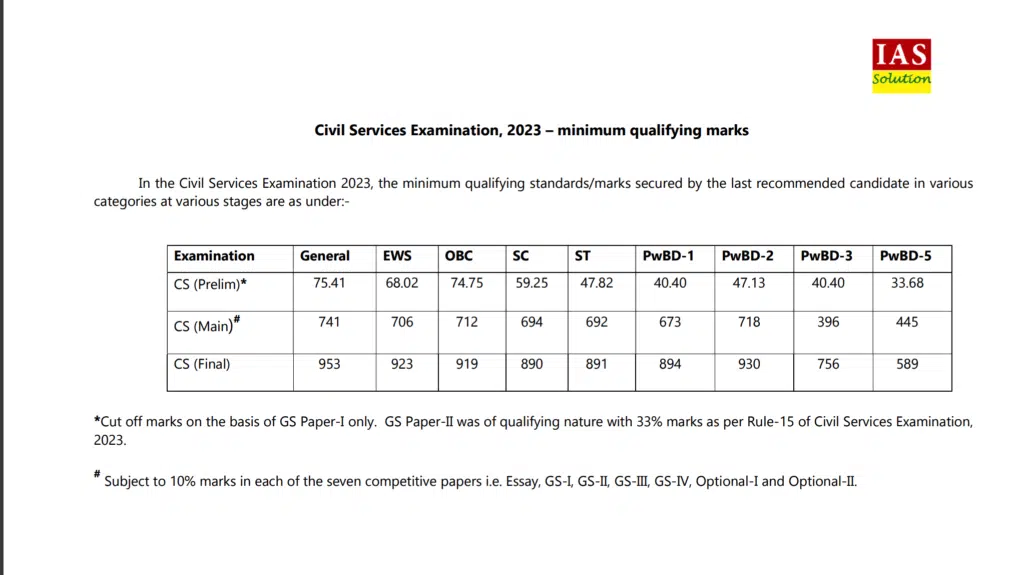Geology Syllabus – Geology Civil Services Mains Exam
The optional subject in the UPSC Civil Services Mains Exam is divided into two papers, with each paper carrying 250 marks. This brings the total marks allotted for the optional subject to 500.
Geology Syllabus – UPSC Civil Services Mains Exam
PAPER – I
1. General Geology:
The Solar System, Meteorites, Origin and interior of the earth and age of the earth; Volcanoes- causes and products, Volcanic belts; Earthquakes-causes, effects, Seismic zones of India; Island arcs, trenches and mid-ocean ridges; Continental drifts; Seafloor spreading, Plate tectonics; Isostasy.
2. Geomorphology and Remote Sensing:
Basic concepts of geomorphology; Weathering and soil formations; Landforms, slopes, and drainage; Geomorphic cycles and their interpretation; Morphology and its relation to structures and lithology; Coastal geomorphology; Applications of geomorphology in mineral prospecting, civil engineering; Hydrology and environmental studies; Geomorphology of the Indian subcontinent.
Aerial photographs and their interpretation-merits and limitations; The Electromagnetic spectrum; Orbiting satellites and sensor systems; Indian Remote Sensing Satellites; Satellites data products; Applications of remote sensing in geology; The Geographic Information Systems (GIS) and Global Positioning System (GPS)
– its applications.
3. Structural Geology: Principles of geologic mapping and map reading, Projection diagrams, Stress, and strain ellipsoid and stress-strain relationships of elastic, plastic and viscous materials; Strain markers in deformed rocks; Behaviour of minerals and rocks under deformation conditions; Folds and faults classification and mechanics; Structural analysis of folds, foliations, lineations, joints, and faults, unconformities; Time-relationship between crystallization and deformation.
4. Paleontology:
Species- definition and nomenclature; Megafossils and Microfossils; Modes of preservation of fossils; Different kinds of microfossils; Application of microfossils in correlation, petroleum exploration, paleoclimatic and paleoceanographic studies; Evolutionary trend in Hominidae, Equidae, and Proboscidea; Siwalik fauna; Gondwana flora and fauna and its importance; Index fossils and their significance.
5. Indian Stratigraphy:
Classification of stratigraphic sequences: lithostratigraphic, biostratigraphic, chronostratigraphic and magnetostratigraphic and their interrelationships; Distribution and classification of Precambrian rocks of India; Study of stratigraphic distribution and lithology of Phanerozoic rocks of India with reference to fauna, flora and economic importance; Major boundary problemsCambrian/Precambrian, Permian/Triassic, Cretaceous/Tertiary, and Pliocene/Pleistocene; Study of climatic conditions, paleogeography and igneous activity in the Indian subcontinent in the geological past; Tectonic framework of India; Evolution of the Himalayas.
6. Hydrogeology and Engineering Geology:
Hydrologic cycle and genetic classification of water; Movement of subsurface water; Springs; Porosity, permeability, hydraulic conductivity, transmissivity, and storage coefficient, classification of aquifers; Water-bearing characteristics of rocks; Groundwater chemistry; Saltwater intrusion; Types of wells; Drainage basin morphometry; Exploration for groundwater; Ground-water recharge; Problems and management of groundwater; Rainwater harvesting; Engineering properties of rocks; Geological investigations for dams, tunnels highways, railway, and bridges; Rock as a construction material; Landslides-causes, prevention, and rehabilitation; Earthquake-resistant structures.
PAPER-II
1. Mineralogy:
Classification of crystals into systems and classes of symmetry; the International system of crystallographic notation; Use of projection diagrams to represent crystal symmetry; Elements of X-ray crystallography.
Physical and chemical characters of rock-forming silicate mineral groups; Structural classification of silicates; Common minerals of igneous and metamorphic rocks; Minerals of the carbonate, phosphate, sulphide, and halide groups; Clay minerals.
Optical properties of common rock-forming minerals; Pleochroism, extinction angle, double refraction, birefringence, twinning and dispersion in minerals.
2. Igneous and Metamorphic Petrology:
Generation and crystallization of magmas; Crystallization of albite-anorthite, diopside-anorthite and diopside-wollastonite- silica systems; Bowen’s Reaction Principle; Magmatic differentiation and assimilation; Petrogenetic significance of the textures and structures of igneous rocks; Petrography and petrogenesis of granite, syenite, diorite, basic and ultrabasic groups, Charnockite, anorthosite, and alkaline rocks; Carbonatites; Deccan volcanic province.
Types and agents of metamorphism; Metamorphic grades and zones; Phase rule; Facies of regional and contact metamorphism; ACF and AKF diagrams; Textures and structures of metamorphic rocks; Metamorphism of arenaceous, argillaceous and basic rocks; Minerals assemblages Retrograde metamorphism; Metasomatism and granitization, migmatites, Granulite terrains of India.
3. Sedimentary Petrology:
Sediments and Sedimentary rocks: Processes of formation; diagenesis and lithification; Clastic and non-clastic rocks-their classification, petrography, and depositional environment; Sedimentary facies and provenance; Sedimentary structures and their significance; Heavy minerals and their significance; Sedimentary basins of India.
4. Economic Geology:
Ore, ore minerals and gangue, the tenor of ore, classification of ore deposits; Process of formation of minerals deposits; Controls of ore localization; Ore textures and structures; Metallogenic epochs and provinces; Geology of the important Indian deposits of aluminum, chromium, copper, gold, iron, lead-zinc, manganese, titanium, uranium and thorium and industrial minerals; Deposits of coal and petroleum in India; National Mineral Policy; Conservation and utilization of mineral resources; Marine mineral resources and Law of Sea.
5. Mining Geology:
Methods of prospecting-geological, geophysical, geochemical and geobotanical; Techniques of sampling; Estimation of reserves or ore; Methods of exploration and mining metallic ores, industrial minerals, marine mineral resources and building stones; Mineral beneficiation and ore dressing.
6. Geochemistry and Environmental Geology:
Cosmic abundance of elements; Composition of the planets and meteorites; Structure and composition of Earth and distribution of elements; Trace elements; Elements of crystal chemistry-types of chemical bonds, coordination number; Isomorphism and polymorphism; Elementary thermodynamics.
Natural hazards-floods, mass wasting, coastal hazards, earthquakes, and volcanic activity and mitigation; Environmental impact of urbanization, mining, industrial and radioactive waste disposal, use of fertilizers, dumping of mine waste and fly ash; Pollution of ground and surface water, marine pollution; Environment protection legislative measures in India; Sea-level changes: causes and impact.










Leave a Reply